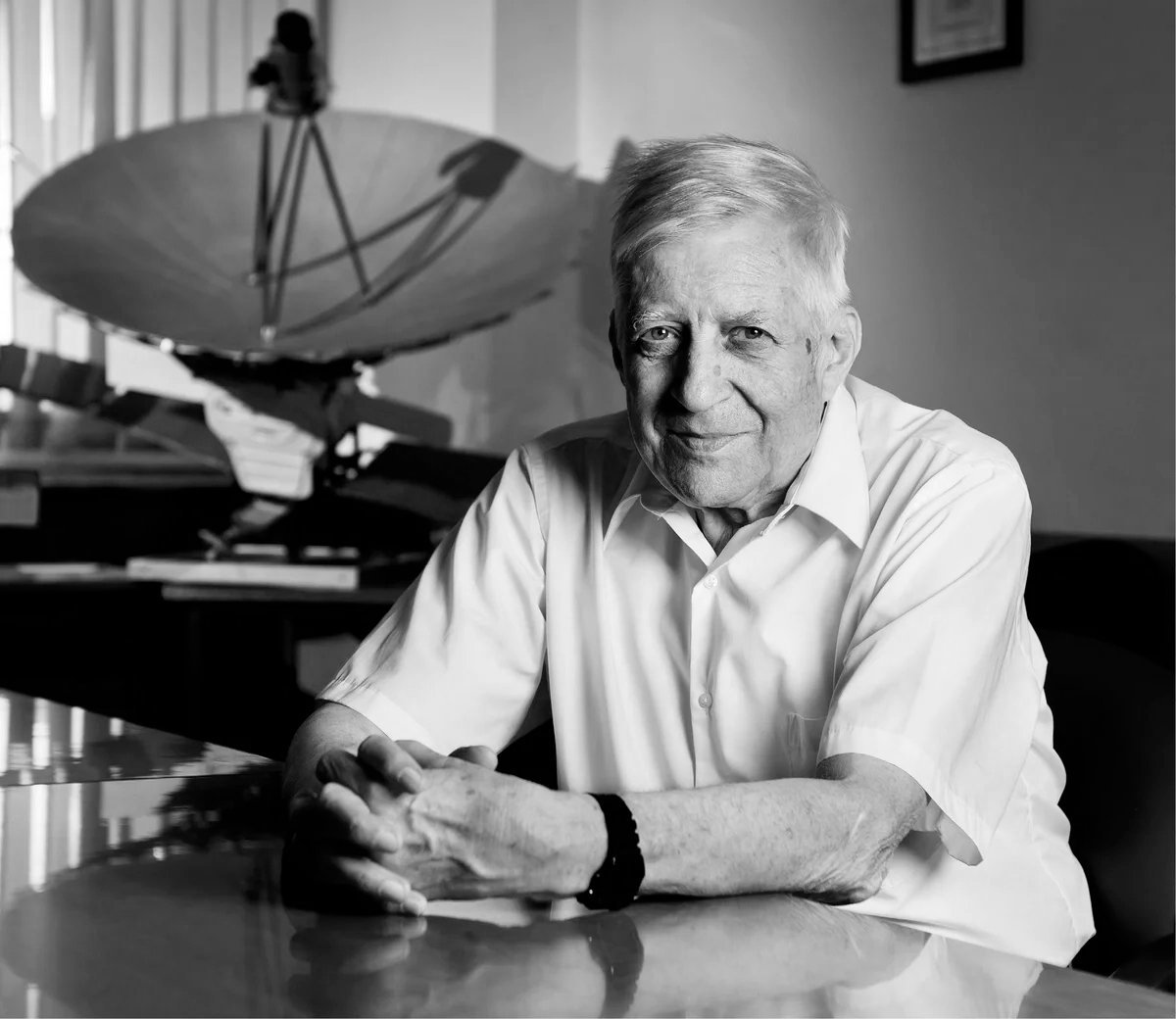
Who was Kardashev?
Why Kardashev?
Nikolai Kardashev, born April 25, 1932, in Moscow, rose as a stellar mind within Soviet astronomy, crafting the visionary Kardashev Scale in 1964 at the Sternberg Astronomical Institute. A radio astronomer, he sought the cosmos’ whispers, dreaming of civilizations vast and radiant, until his light faded on August 3, 2019, leaving a legacy aglow in the infinite sky.
The Kardashev Scale, a shimmering thread woven into the vast tapestry of human thought, beckons us to gaze upon the cosmos and ponder our place within its boundless embrace. It is a ladder of energy, a poetic measure of civilization’s reach, stretching from the humble cradle of a single planet to the grand orchestra of stars and galaxies. To contemplate it is to stand at the edge of a abyss, where science and philosophy entwine like lovers beneath a twilight sky, whispering secrets of power, purpose, and destiny.
At its core, this scale is a mirror reflecting our mastery over the forces that birthed us. Type I, a civilization that harnesses the full breath of its home world—every gust of wind, every ripple of sunlight, every molten heartbeat beneath the crust. It is the first stanza of an epic, where humanity learns to dance with its own sphere, no longer a child of chaos but a steward of order. Then comes Type II, a celestial symphony, where a species cloaks itself in the radiance of its star, bending stellar fire to its will, crafting rings of energy and stepping beyond the nursery of its birth. And Type III—oh, the sublime crescendo!—a galactic waltz, where the Milky Way itself becomes a garden, its trillion suns tamed, its vastness a canvas for a mind that has outgrown the dust from which it rose.
Scientifically, it is a clarion call to measure progress not in fleeting victories or petty trinkets, but in the currency of the universe: energy. It demands we look beyond the flicker of our campfires to the furnaces of creation, urging us to quantify our ascent in watts and joules, to chart our growth against the infinite. Yet it is no cold metric—it pulses with philosophical weight, asking: What are we to become? Are we mere moths fluttering toward the flame, or can we wield it, shape it, and rise as architects of eternity?
The implications ripple through the soul of humanity like a stone cast into a still pond. To climb this scale is to transcend the petty squabbles of tribes and nations, to see ourselves as a single thread in the cosmic loom. It challenges us to shed the skins of scarcity and strife, to embrace abundance not as a dream but as a necessity. A Type I civilization must unite, for no fractured world can harness its whole. A Type II must dream beyond horizons, for no timid heart can ensnare a star. And a Type III—such a being must possess a wisdom as vast as its dominion, lest it crumble beneath the weight of its own hubris.
Yet there lies the shadow amid the light. What of the cost? To grasp such power is to flirt with annihilation—each step a tightrope over the abyss of our own flaws. Will we wield this energy as creators or destroyers? Will we rise as a chorus of voices or fall silent, a cautionary tale etched in the ruins of a forgotten world? The scale is not merely a ladder but a question: Can we grow not just in might, but in meaning?
For civilization, it is a map to the infinite, a starlit path that promises both peril and paradise. It whispers of a future where we are no longer bound by the fragility of flesh or the limits of soil, where our minds might stretch across the void, touching the edges of what is possible. It is a vision of humanity not as it is, but as it could be—radiant, eternal, a flame against the dark. And so we stand, eyes lifted to the heavens, hearts trembling with the weight of wonder, asking ourselves: How far dare we climb?

